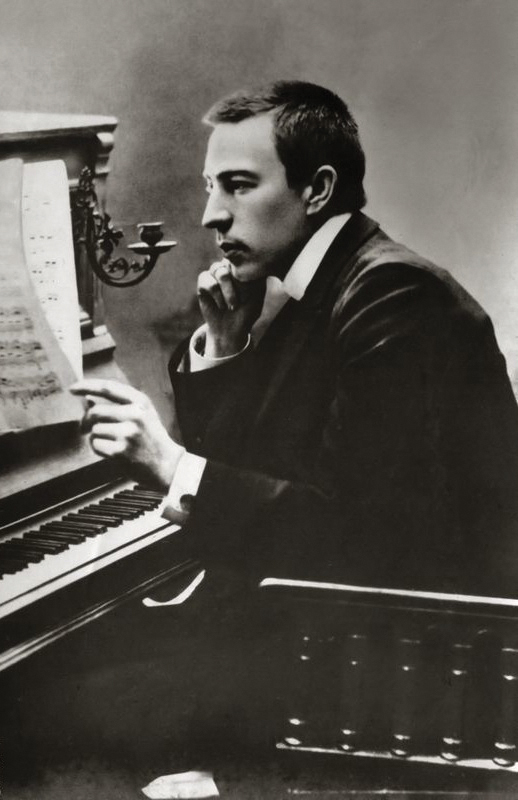Composed 1900-1; 24 minutes
Although the Second Suite reflects all the strengths and ambiguities of Rachmaninoff's mature style, it is an early work, based on sketches made in the summer of 1900. Rachmaninoff was 28 when he completed the score in April 1901. Two years earlier, his First Symphony had received a disastrous première and a brutal press. He wrote nothing of consequence. “Overall, I have absolutely lost my facility to compose, so it seems, and all my thoughts are directed to getting it back,” he confessed to Tchaikovsky. One year working with hypnotist Nikolai Dahl managed to unblock the composer’s creative drive, a fear of failure turned around towards the inevitability of success. Three masterpieces were the result. First, in 1900, came the Second Piano Concerto. Then, in the following year, came the Second Suite, followed by the Sonata for Cello and Piano.
All four movements of the Suite are brilliant and rhythmically exhilarating. The exuberant opening march soon gives way to a more lyrical, but no less rhythmically propelled, theme. The glittering second movement, a Waltz, increases the momentum. The Romance is pure Rachmaninoff. It is full of poetry, deep feeling and generous lyricism and forms the emotional heart of the work. It leads to a whirlwind Tarantella, a real tour de force that Rachmaninoff sketched while on holiday in Italy. To have been a fly on the wall while Rachmaninoff and his duo partner Vladimir Horowitz played this Suite for family members and friends in California and Switzerland would have been a remarkable experience indeed! In 1942, the two pianists discussed the possibility of a joint concert and recording, which was, sadly, pre-empted by Rachmaninoff’s death the following year.

Sergei Rachmaninoff in the early 1900s.
— All program notes copyright © 2024 Keith Horner. Comments welcomed: khnotes@sympatico.ca